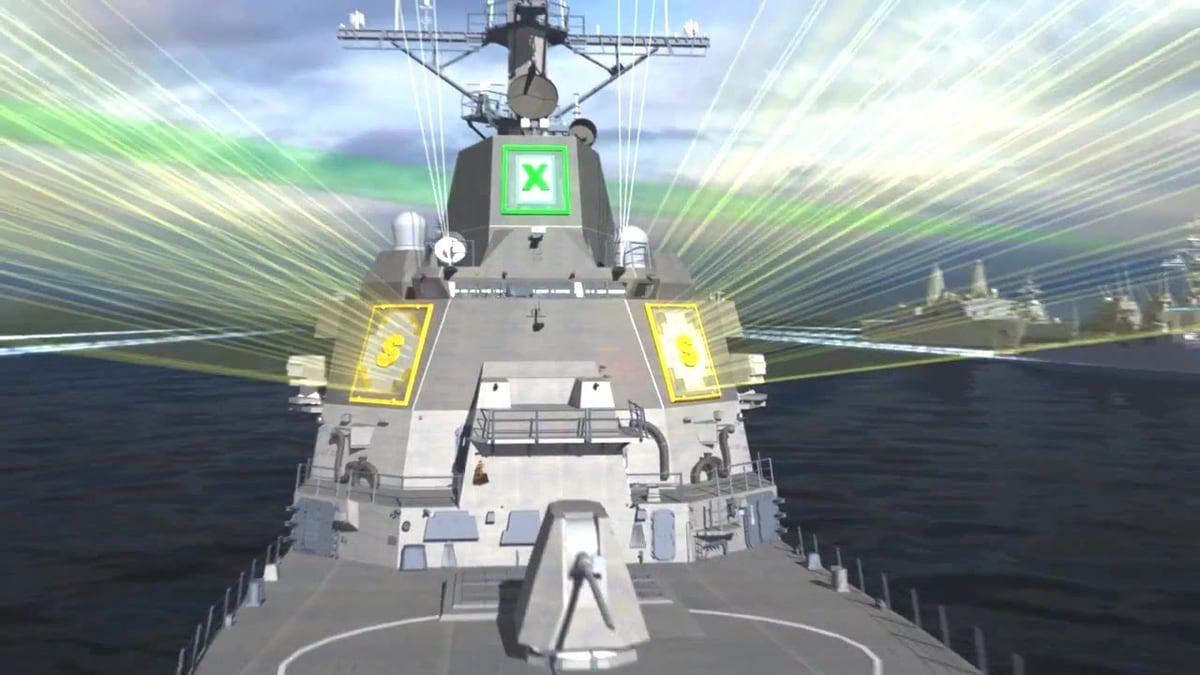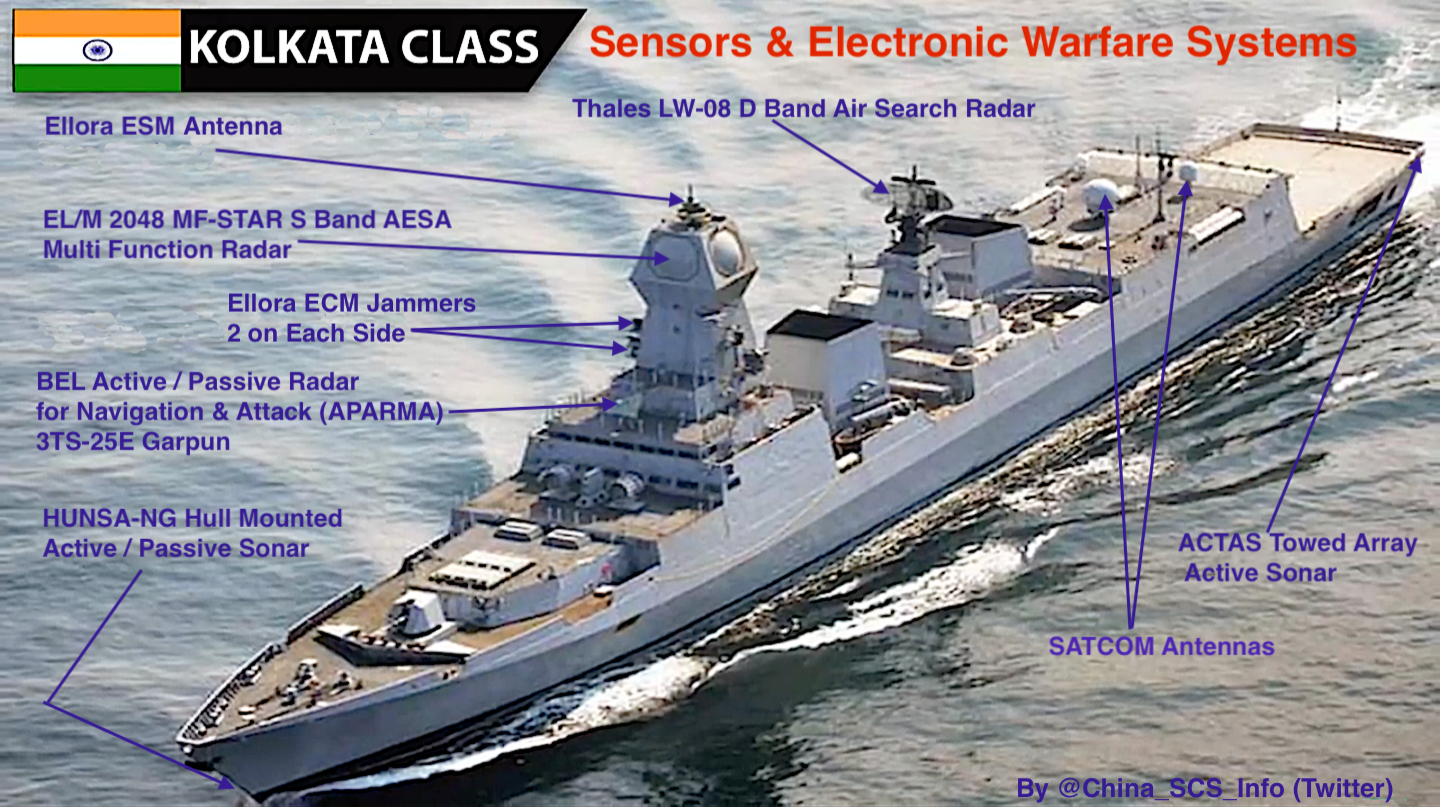The one on the left is a Vivaldi antenna. The one on the right is a regular tiled analog AESA.
Took you long enough to respond, and this is the best you could tell me? Shame.
What's there to see? The RBE-2AA model in pic has American T/R modules. The production model has French T/R modules and never been shown. What you see in the images is why the French modules used on the RBE-2AA are so much superior because, as I said earlier, they managed to get many more modules on an area that's much smaller than the APG-80. That's why the RBE-2AA is in fact competitive with the APG-77 and 81. The more closely packed an AESA antennas is, the superior its qualities.
Take a look.
RBE2-AA is not ready for mass production yet, earliest deliveries are expected in 2021.
Diameter = 55 cm+-
X-band frequency range = 8 GHz - 12 GHz
Ideal frequency = 10 GHz ???
AN/APG-81 house a much higher T/R modules count within a slightly larger structure. In fact, both AN/APG-77(v)1 and AN/APG-81 have a relatively superior density based on known dimensions. Additionally, these two radar systems are able to detect up to 100 targets, and develop a fire solution for up to 20 targets, in one go, in under 3 seconds. This is 'more than twice' the capability of RBE2-AA for similar ends (able to detect up to 40 targets, and develop a fire solution for up to 8 targets, in one go, in under 3 seconds).
Also, the APG-81 module count is totally wrong.
Hint: Where it says "2", it's actually just 1. So the number is actually at least 150 modules less. Of course, all these are only models. Please don't get suckered into module number game from models, you guys are suckers for propaganda already and only make it worse.
WRONG.
Actual count of T/R modules in AN/APG-81 is 1676.
FYI:
https://qph.fs.quoracdn.net/main-qimg-274acec7e6905acb2f96f6ba6d18b806
Antenna type is also different in AN/AGP-81 (Vivaldi).
Indians are far bigger suckers for propaganda. To refresh your memory once again:
https://defence.pk/pdf/threads/no-evidence-of-the-loss-of-an-f-16.618802/
Pretty much all the data you posted on the MFSTAR for Kolkata is wrong. This is pretty entertaining. Even the smaller EL/M 2084 have better figures that what you posted for the MFSTAR.
Oh really?
I checked an Indian source and it reported lesser figures, and the ones I mentioned are rather liberal figures.
Here:
https://en.wikipedia.org/wiki/EL/M-2238_STAR
Sorry sonny, MF-STAR suck in comparison to AEGIS class radar systems on-board Arleigh Burke class destroyers, let alone AMDR.

So 3 days, 12 days etc is the same as the first hour of starting the campaign?
That RAND report is not a full report, btw. Also, the part you quoted only speaks of early warning radars, not the SAM's own radars.
Did you forget the Syrians shot down an Israeli F-16 using the S-200? The S-200 is capable of autonomous operation and doesn't need an early warning radar apart from its own.
If Libyan AD was indeed a joke, then even NATO wouldn't have bothered with SEAD/DEAD.
Also, no, the French did not go into Libya for air operations, rather their allies needed ground support and they quickly moved in ignoring AD. No other NATO aircraft has ever done that in history.
What a joke you are, trying to rationalize your BASELESS claims with lame excuses.
Now pay attention.
2 x Rafale struck a Libyan military armored column on the outskirts of Benghazi on March 19, 2011 (Operation Harmattan), and nothing suggest that these jets faced opposition while doing so.
American and British forces took care of the Libyan Air Defense infrastructure a short while later:
"The no-fly operation was enabled by a strike against Libyan air-defense assets and other targets using 110 Tomahawk and Tactical Tomahawk cruise missiles and strikes by three B-2 Spirit bombers delivering 45 Joint Direct Attack Munitions (JDAMs) against Libyan air bases. 16 Tomahawks were also fired from British ships in the area, and British Tornado GR4 aircraft flying from the Royal Air Force base at Marham, England, reportedly employed Storm Shadow cruise missiles."
Among the jets operating over Libya at the time, 4 x F-15E and 8 x F-16CJ were the first to strike at Libyan Air Defense infrastructure with support of KC-135 tankers and Global Hawk surveillance drones. Rafale weren't involved in these missions.
Libyan Air Defense infrastructure was far removed from being a genuinely threatening force to NATO at the time. As for the highlighted part in your quote:
“The S-200 (SA-5) was our only effective system. We reported a 60 percent readiness on the S-200; in fact, it was only 10 percent. We were all afraid of being shot,” the officer stated. - RAND
Russians are keeping Syrian Air Defense infrastructure up-to-date which wasn't the case with Libya.
Very bad advice. We won't be taking it.

Be my guest.
Indian Air Force will remain a 'paper tiger' for years to come.














 [/quote][/quote]
[/quote][/quote]

